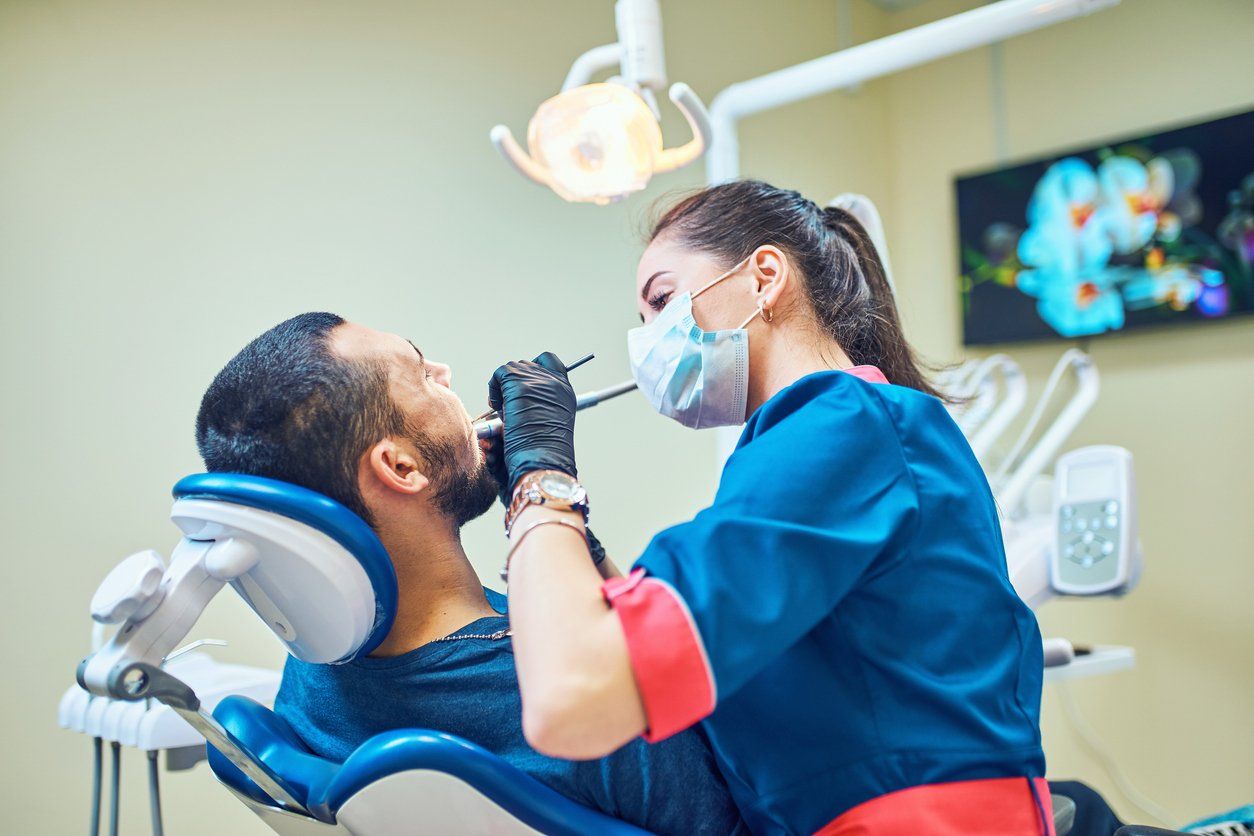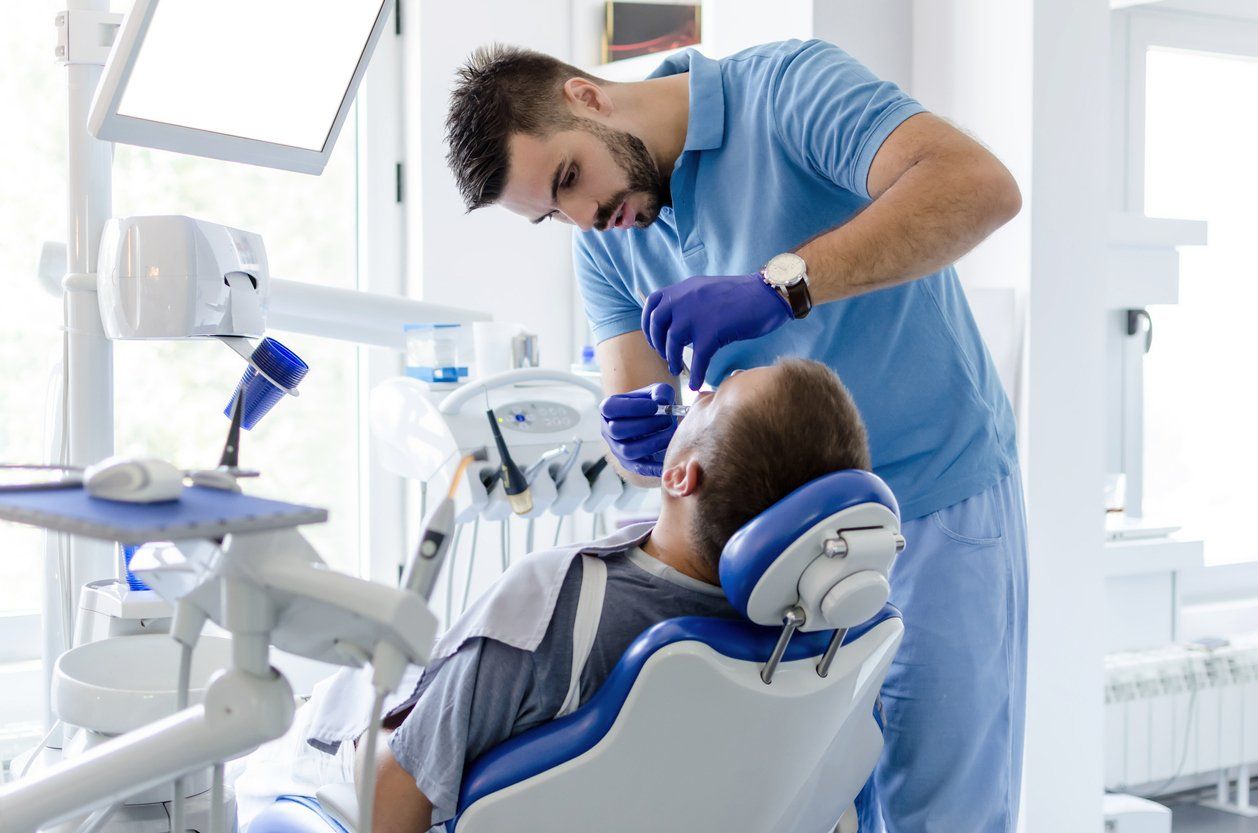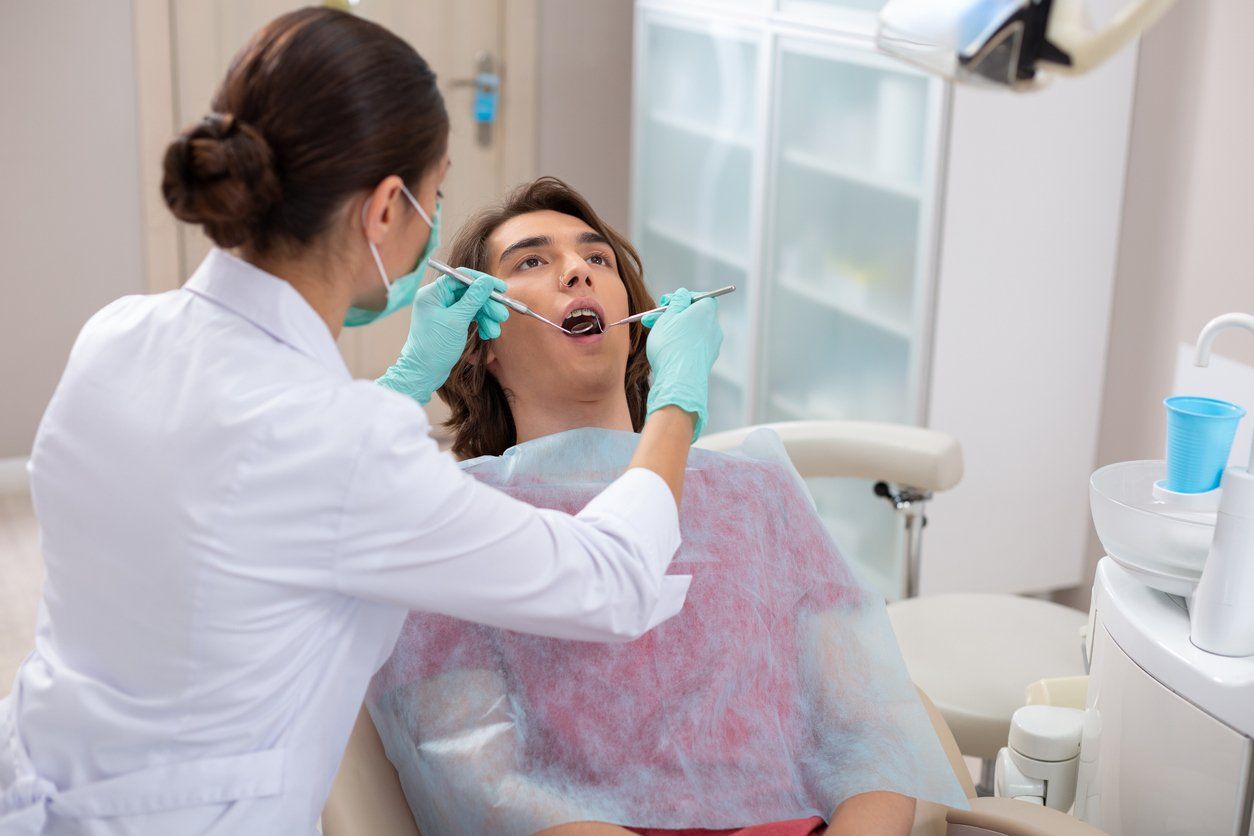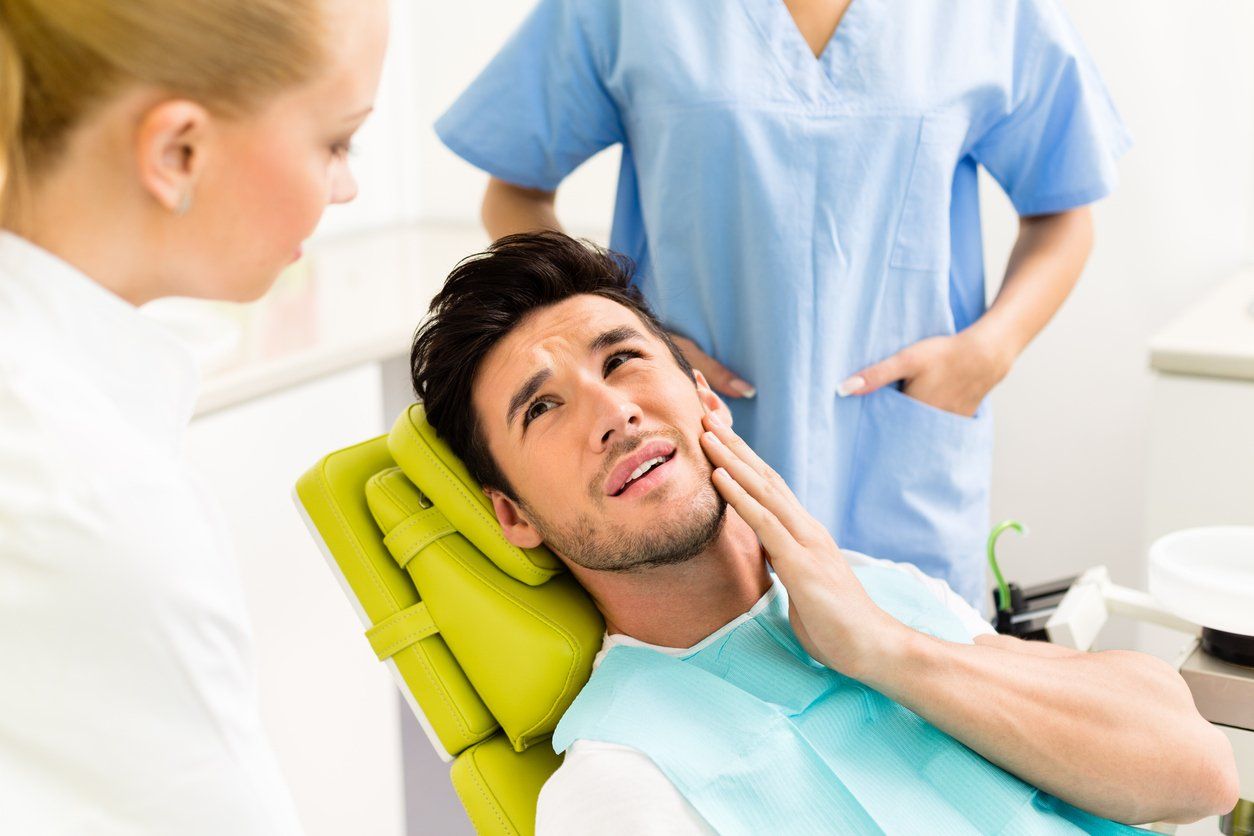Choosing the Best Toothbrush

Toothbrushes have been around for centuries and have long been a key tool in helping eliminate tooth exposure to substances that could cause harm. Toothbrushes remove food particles from your teeth and ensure that harmful sugars do not sit on your teeth long enough to cause decay and rot. However, where toothbrushes originally came from may surprise many people!
The History of the Toothbrush:
Toothbrushes have been around longer than many people think. People were documented using chewing sticks with the hopes of cleansing their teeth as far back as 3500 BC. The first toothbrush with bristles gets documented in China during the 8th century, and the bristles were believed to have come from hogs with handles made of bone or bamboo.
By the year 1840, toothbrushes were getting put on the market in a variety of countries from France to England as well as in places like Japan and Germany. The first patents for toothbrushes in the US came out in 1857. Mass production of such tools in the US is believed to have started around 1885.
The 20th century saw bristles in toothbrushes come to the point they are at today. Synthetic materials tend to make toothbrush bristles today and by the 1970s curvatures were developed in toothbrushes to help ensure they got their teeth as clean as possible.
Why Do I Need to Brush?
Brushing and flossing regularly helps keep your oral health in the best possible condition. It's one of the most important parts of your dental routine aside from visiting your dentist for regular cleanings. Brushing helps remove the sugars from your teeth that will reside there after you eat and drink throughout the day. Removing these sugars and other harmful bacteria from your teeth before they can do permanent damage (such as causing cavities) is key to keeping your oral health in premium condition at all ages and stages of life.
You should be brushing at least twice per day for about two minutes at a time to ensure optimal oral health.
Do's & Dont's of Brushing:
When brushing, there are some key dos, and dont's to keep in mind to ensure that you are taking the best care of your teeth possible. The following are some of those do's and dont's:
Brushing Do's:
- Brush at a 45-degree angle.
- Brush back and forth with gentle strokes.
- Brush all surfaces of the teeth.
- Ensure that you brush your tongue.
- Brush for about two minutes each time you brush.
Brushing Dont's:
- Press exceptionally hard when you are brushing.
- Brush feverishly in long strokes (it doesn't clean your teeth as well).
- Just focus on the top surfaces of your teeth.
- Rush through brushing in less than a minute.
Brushing properly is key to good oral hygiene and maintaining a smile that is free from cavities and tooth decay as well as other oral health issues.
Which Toothbrush is Right For Me?
Dentists recommend that patients use an American Dental Association (ADA) approved brush with soft bristles to help ensure that the entire tooth gets cleaned without scrubbing hard enough to remove the enamel. Typically, adults should look for a medium-headed brush that provides a thorough clean for the entire tooth without being too awkward, large, and cumbersome to provide a thorough cleaning for each tooth.
Professional Care:
Please note that even the best brushing routine is not a replacement for regular dental visits and the cleanings that accompany them every six months. Regular checkups should accompany your brushing and flossing routine to ensure that you maintain the best oral health possible throughout every stage of your life.
Conclusions:
At Marie Simon Dentistry, we are committed to providing you the best dental care to help you maintain top-of-the-line oral health throughout your entire life. If you need more assistance in selecting a toothbrush that works best for you or needs professional cleaning, please feel free to contact us to set up a consultation and appointment at your earliest convenience.










